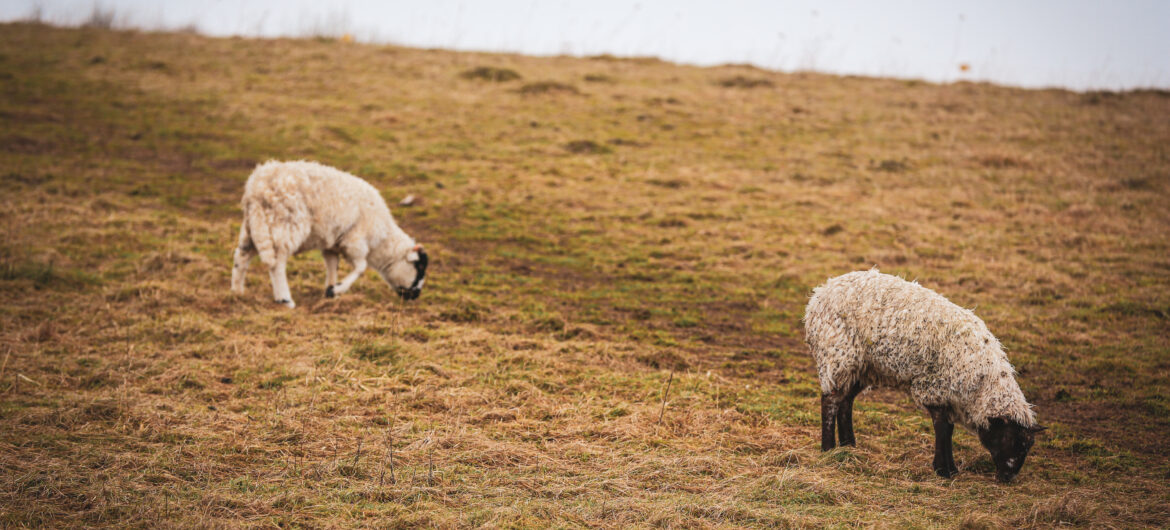If you’re lucky enough to snag a window-side seat on the buses to the University, you might have noticed the woolly guests residing in our beloved Stanmer Park. For the last month, sheep have inhabited the hillside by the Park’s entrance, providing a new sight for the dog walkers, playground users, and the adjacent coffee stand. Many Sussex students know the neighbouring park well – along with the longstanding roaming cows whose moos echo to Northfield and West Slope. The appearance of sheep has turned heads and created a wave of curious students. When did they first appear? Why are they here? And what do they want from our dearest Stanmer Park?
The presence of sheep in the park is actually a yearly tradition, residing in the park throughout the winter, grazing on the grass during the Christmas break. This year however, they arrived slightly later. Setting foot in Stanmer on 24 January, the sheep were moved by lorry from Whitehawk Hill, where they had grazed throughout Summer and Autumn. The sheep stayed for a six week period, until 6 March, according to the @BHSheep X page. This constant operation of moving sheep and grazing the grounds in parks around Brighton is part of the South Downs National Park’s conservation grazing efforts, an initiative that takes place throughout the South Downs.
So what exactly is conservation grazing?
The South Downs National Park, which includes Stanmer Park, is the most populous national park in the UK and is also home to an extremely biodiverse landscape of flora and fauna. Conservation grazing is the act of using animals to mow the protected grasslands to prevent the destroying of insect life and to remove plants and invasive weeds while keeping the soil fertile with their excrements, naturally ensuring the health of the grass and its microbiomes.
Over the years, the chalk grassland across the national park has been ploughed and destroyed due to human intervention. The chalk grassland that remains can contain up to 40 subspecies of plant and insect life such as the Round-headed rampion and the Adonis blue butterfly that needs to be preserved. The South Downs National Park implements the use of conservation grazing across the southern coast along with other conservation initiatives, such as its ReNature programme that addresses land management in the context of climate change.
The sheep coming to Stanmer is a yearly fluffy occasion many look forward to. They have grazed on the downs for centuries and it’s only right to keep them doing so. The care and maintenance of the sheep are supported by volunteers called ‘lookerers’, who check on the grazed downlands and make daily reports. Visitors to the park also look forward to the fleeced guests.
Nicky, an employee at Circa in the Park said, “We love to have them here. It brightens up the scenery… everybody loves that they’re here.”
The sheep in Stanmer Park definitely made their stay known and will be a treat to see when they come back around next winter. You can keep up with the sheep by trying out lookerer-ing via the Brighton & Hove City Council website or through the @BHSheep X page that provides updates on the sheep’s whereabouts!




